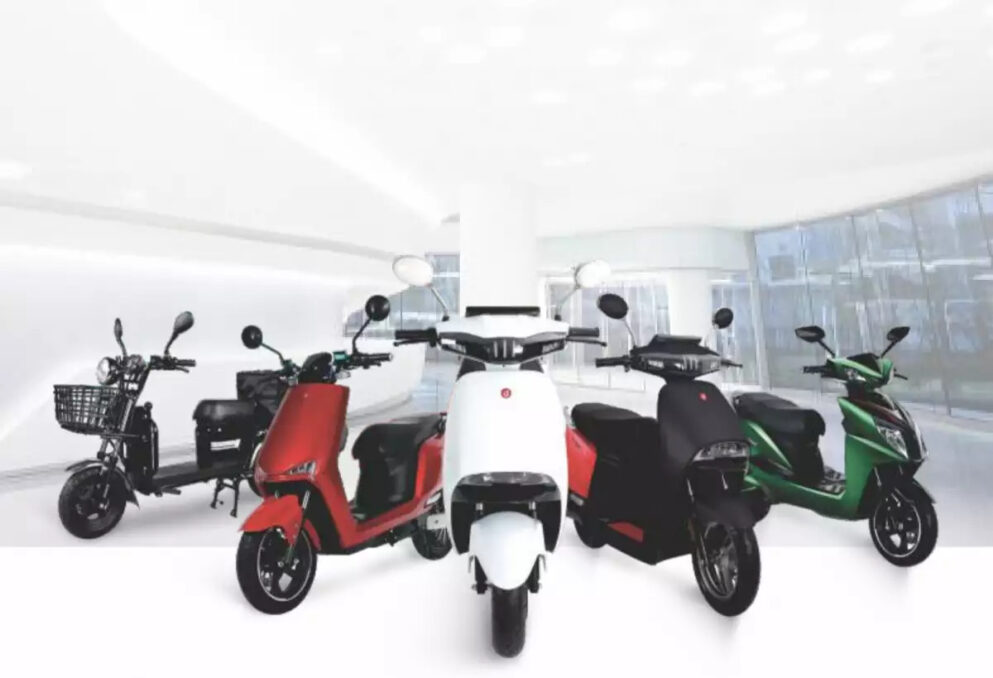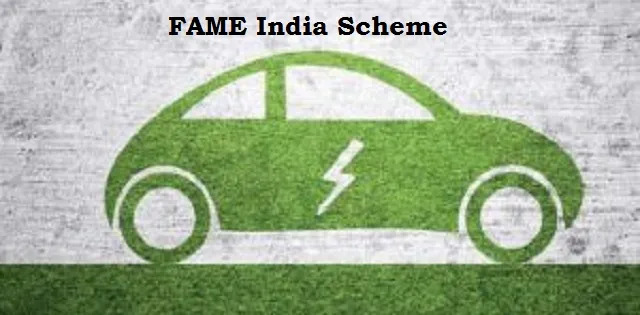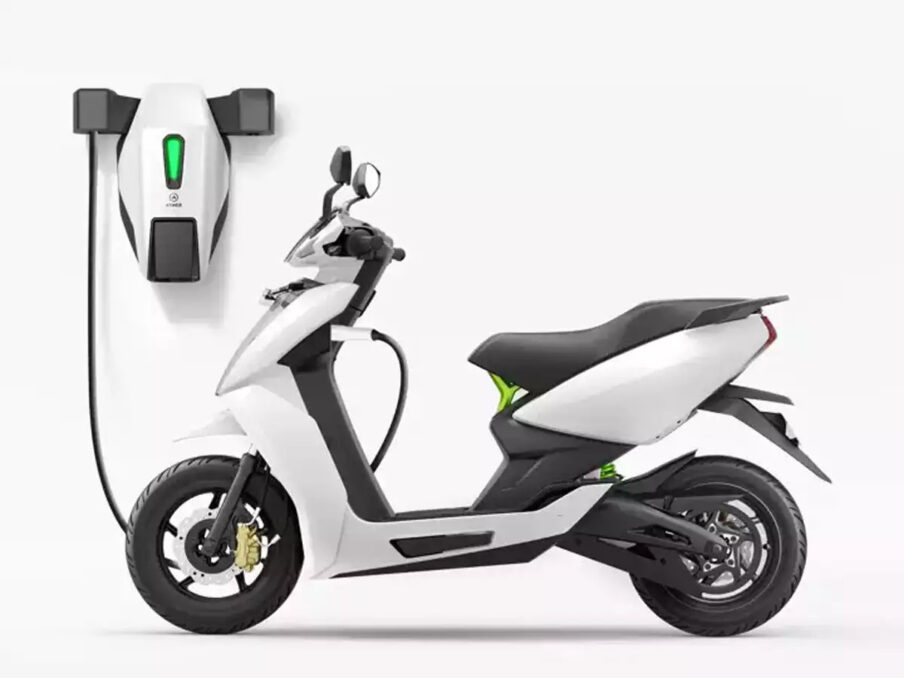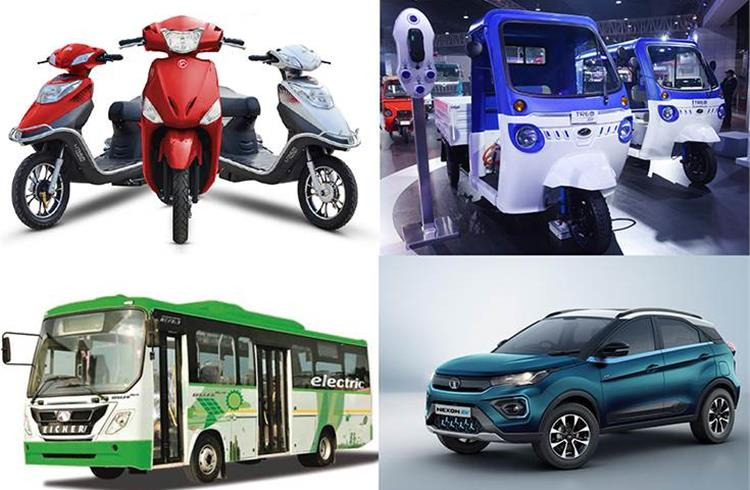To date, FAME-II subsidies allotted for 2-wheelers have almost been used up as the total sale of electric 2-wheelers has reached almost 1 million in the country.
Subsidies given under FAME-II for two-wheelers have been reduced by the Ministry of Heavy Industries of India and have been in effect from the start of June.
Previously the subsidy provided was INR 15,000/kwh for electric two-wheelers and was capped at 40% of the vehicle’s price. Now it has been reduced to INR 10,000/kwh capped at 15% of the 2-wheeler’s price.

Image source: ET Auto
In simpler terms, if the vehicle cost is 1,00,000, then a customer used to receive up to INR 40,000 incentives, but now they can receive only INR 15,000. The remaining INR 25,000 has to now come out of the pocket of the customer.
Sales of electric 2-wheelers in June
The news of the reduction of FAME-II came in May and the Industry saw a huge surge in bookings of electric 2-wheelers at the end of May. Customers who wanted to buy the vehicle booked them before the reduction of the current incentives.
In June, the industry saw a drop as huge as 57% in the booking of EV 2-wheelers. Compared to 1,05,340 units sold and booked in May, only 45,798 electric vehicles were sold for 2-wheelers in June.
This number was the lowest compared to the last 12 months.

Image source: Indian Iris
Ather Energy sold 6,479 units in June which was a drop of numbers more than what they anticipated. The chief business operator of Ather Energy, Ravneet Singh Phokela added that “… it impacts short-term financials, this (reduction of subsidies) is certainly a step in the right direction if seen from a long-term perspective.”
Why reduce Incentives on electric 2-wheelers?
FAME-II allocated Rs. 10,000 crore of incentives to the electric vehicle sector. Out of the whole subsidy, INR 2,000 crore was allotted to electric 2-wheelers.
The FAME subsidy was introduced by the government of India to encourage people to switch to electric vehicles and increase awareness about electric technology. The country saw a good increase in the sales of electric vehicles in 2021. Out of all, 2-wheelers saw the most surge.
To date, FAME-II subsidies allotted for 2-wheelers have almost been used up as the total sale of electric 2-wheelers has reached almost 1 million in the country.

Image source: ET Auto
India is not the first country to reduce its subsidies on electric vehicles. Other countries like Germany and China have already taken steps to reduce subsidies step by step. Even though subsidies have been a big boost for the EV market, it is not the final or long-term solution.
Industry players also agree with this notion. And even though the country might face a loss of sales for a few months, it is believed that sales dip will not remain in the longer run. The penetration of electric vehicles in the country will continue to rise.
With the reduction in incentives, OEMs will try to research and introduce more price-effective technology that can bridge the gap between the increased price of the EV.
Conclusion
The battery of an EV makes up 40-45% of an electric vehicle’s cost. Thus, India is trying to promote local manufacturing of lithium-ion batteries instead of depending on imports from Korea and China. Producing batteries in the country can reduce the cost of batteries significantly. On the other hand, the prices of conventional fuels are still on the higher side and will likely not fall.

Image source: Autocar professional
Apart from the higher upfront cost, EVs have a much lower cost of ownership due to lesser maintenance requirements and cheaper fuel prices. It is thus believed that the reduction of FAME-II subsidy might affect the rate of EV penetration in the country but it will not put a stop to it and in the near future, the current dip will normalize.













